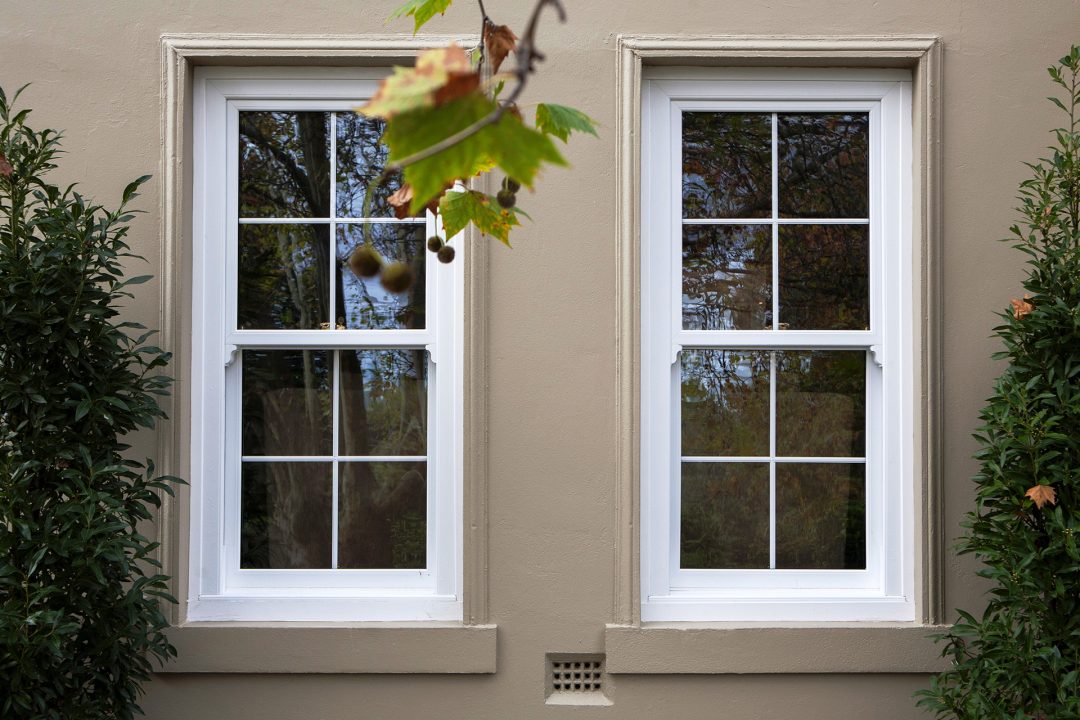Polyvinyl chloride – commonly referred to as PVC – is a thermoplastic polymer (a long, repeating chain of atoms, formed through the linkage of many molecules called monomers.) It has a high chlorine and additives content. It is the third most commonly produced plastic, and can be used in either soft or hard forms.
Over 50% of the PVC manufactured is used in the construction industry – pipes, wiring, flooring, vinyl siding, wallpaper, pipelines and many more items that were once made of wood, concrete, clay and iron. PVC film manufacturers replaced the more traditional materials because it is easy of assembly, durability and low cost.
PVC can also be made more flexible and softer by adding chemical stabilizers – commonly toxic lead, cadmium and phthalate plasticizers. In these forms, it is used in a wide variety of everyday products – raingear, plastic film wrap for food, clothing, bath toys, inflatable products like water beds and pool toys, upholstery, lunch bags, party favours and a myriad of other products.
Despite its widespread use, PVC is an environmental hazard through its entire life cycle.
- During the manufacturing process of PVC, dioxins and other pollutants are released. Exposure to dioxins is known to contribute to skin disease, birth defects and mutations, as well as cancer. Dioxins do not break down quickly and migrate easily by wind. They have been shown to accumulate in fatty tissue, and have been found in hazardous doses in the tissues of whales and polar bears. Alarmingly, dioxins found in breast milk show that human infants now receive high doses, significantly higher concentrations than the average adult.
- During product usage, the chemical stabilizers used in PVC are not bound to the plastic and can either leach, flake or off gas from the product over time, contributing to risks like asthma, lead poisoning and cancer. Vinyl flooring has been known release softeners called phthalates to those in contact with it. Also, should PVC burn in accidental fires, dioxins and hydrogen chloride gas and are formed, posing significant health risks.
- Disposal of PVC productsis also problematic. PVC products cannot be easily recycled due to the high chlorine and additives content. If the products are just tossed into the garbage, they ultimately either end up incinerated – where they again release poisonous dioxins – or in the landfill where they leach toxic additives to the ground and air.
PVC has high environmental and human health costs. The manufacture, usage and disposal of PVC contribute to both acute and chronic health hazards, as well as the devastating pollutants that are released into the water, air and land.
In response to PVC’s toxic threats, governments around the world have passed sweeping policies to phase out PVC and switch to safer, healthier consumer products. Europe leads the way, with Sweden working towards discontinuing all PVC uses. Germany has banned the disposal of PVC in landfills as of 2005, is minimizing the incineration of PVC, and is encouraging the phase out of PVC products that cannot easily be recycled. Restrictions or bans have been implemented in children’s toys and all over Europe, and bills are being proposed in many US states and Canada.
For the sake of the eco-system’s well-being, the construction industry needs to stop fuelling the demand for PVC building products and return to more traditional building materials like cement, iron, steel, clay and wood. Additionally, consumers must demand that manufacturers stop using PVC in everyday products. Eco-friendly products are available. Sustainably-made wood and bamboo toys, hemp shower curtains, bamboo and organic cotton clothing, lead and PVC-free lunch bags, the list is endless…consumers can easily use their buying power to tell PVC-using manufacturers to stop using this problematic plastic.


